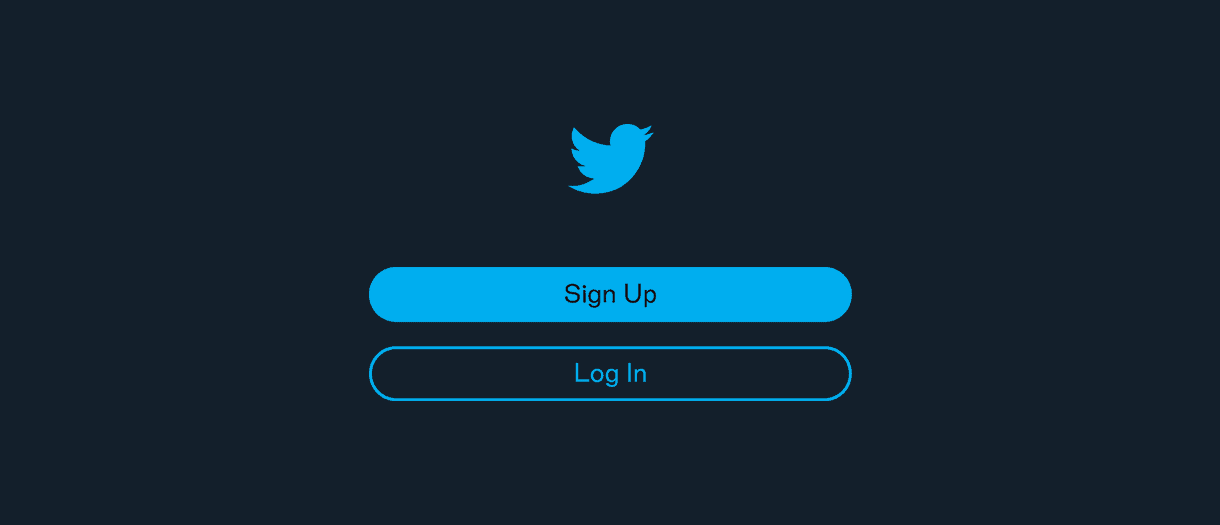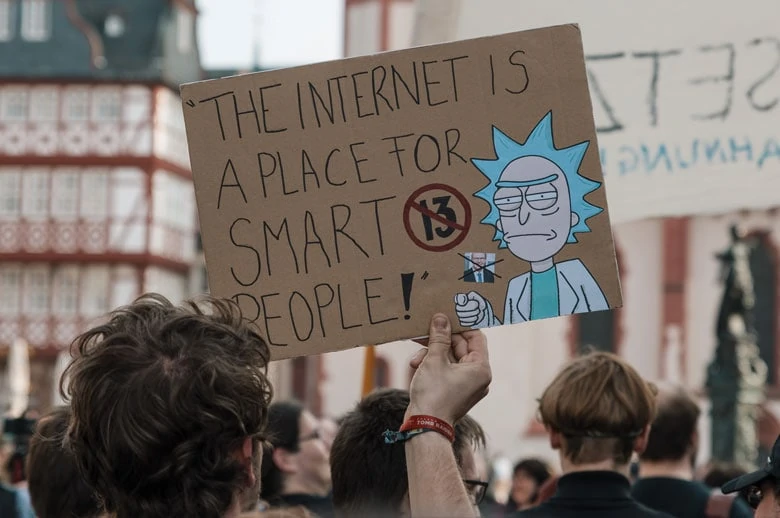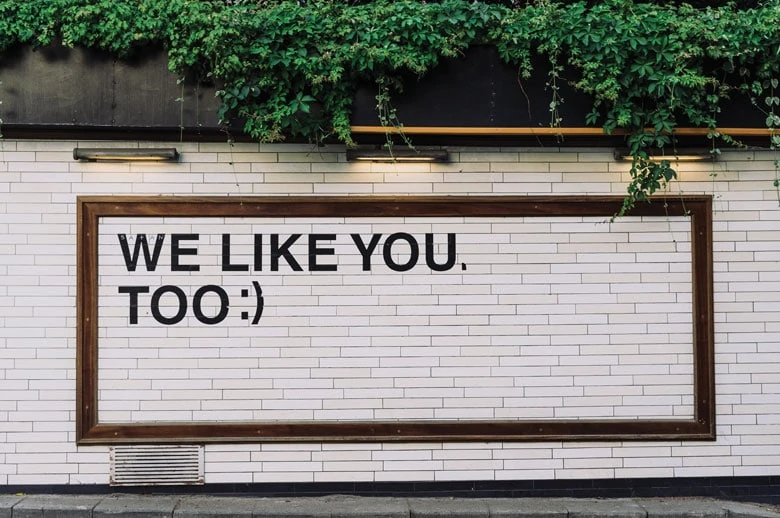So, you’ve decided to join #Twitter

Summary
Amid all the chaos and crypto ads, Twitter is still a dominant driver of discourse, especially in culture, media and sports. If your brand is thinking about taking the plunge into Twitter,
these guidelines can help. Among our recommendations: engage with your audience (without feeding the trolls), be prepared to listen to opposing points of view, and always, always get a second set of eyes on any tweet you post.
It’s 2020, and everyone is on Twitter.
Well, not everyone—not nearly as many people as on Facebook, anyway—but it can feel like Twitter is shaping both the public discourse (thanks to a certain president of the United States) and how brands communicate with their audiences in a way that seems utterly novel.
Twitter can also seem like an impenetrable mess of inside jokes, inscrutable lingo and memes that mutate by the hour. If you’re thinking about taking the plunge into Twitter, we’ve put together some useful (and not-so-useful) DOs and DON’Ts to make sure you don’t get Milkshake Ducked.1
1 Milkshake Duck (verb, intransitive): To gain rapid popularity on social media only to have racist, sexist, homophobic or otherwise problematic sentiments made in the past become public, thus precipitating a downfall. See: Bone, Ken.
DO—Make a habit of tweeting at least daily or even more regularly.
DON’T—Drown your followers in useless content. Respect their feeds and don’t tweet for the sake of tweeting.

DO—Engage your audience by tagging them, responding to their tweets and asking questions.
DON’T—Feed the trolls—all they do is waste your time and add to your frustrations.
DO—Create and post videos and images.
DON’T—Only post videos and images; this isn’t Instagram.
DO—Have a clearly defined voice and personality.
DON’T—Have one that’s simply aping whatever slang du jour is being used online, unless it makes sense for your brand.
DO—Be prepared to listen to other points of view and amend your tweeting accordingly.
DON’T—Double down on a position that you’re getting a lot of heat from unless you’re absolutely, 100% certain that you’re more correct than the combined brains of everybody on Twitter.
DO—Draw up an editorial calendar of important events in your industry and other notable days to mark.
DON’T—Feel like you have to post on every single “national hotdog day” (unless, like those of us at Goods & Services, you actually cater in a delicious hotdog lunch on that day)—and don’t be afraid to ditch your plans if the mood on Twitter is not right for celebrating.
DO—Jump on trending topics or news items that are getting a lot of buzz.
DON’T—Force it, and don’t make trending topics the only thing you tweet about.

DO—Stand up for what you believe in. Twitter is an inherently political medium.
DON’T—Share every second opinion you have on your brand account—that’s what personal accounts are for.
DO—Host polls. Everyone loves a good poll!
DON’T—Host polls if you’re only attracting a handful of votes each time.
DO—Take the time to follow key accounts in your industry and engage with them regularly.
DON’T—Make attracting followers the goal of your Twitter presence; this should be an extension of your brand voice and a point of contact with your clients—not an end in and of itself.
DO—Use the quote-tweet function to add some extra insight to someone else’s post.
DON’T—Quote-tweet to engage with one of your followers, as it’s not ideal for back-and-forth communication and can look a little too self-congratulatory.
DO—Keep up with big stories and memes on Twitter so that you can identify good times/subjects to tweet to avoid a “read the room” admonishment.
DON’T—Spend so much time on Twitter that it starts infecting your brain. Trust us, this happens very subtly.

DO—Reach out to your customers via DM (direct messages) when they have issues. It makes for a much more personal interaction and allows for longer word counts.
DON’T—Forget that your DMs are a screenshot away from being made public on Twitter.
DO—Double check with your partners, clients, customers, etc. if it’s OK to share their work on your channels, while respecting any sensitivity around it.
DON’T—Share every last thing your customers do.

DO—Have fun.
DON’T—Try to “go viral”; you very likely won’t, and if you do, it’ll probably be for the wrong reasons.
DO—Use the full 280-character limit.
DON’T—Post walls of text. Break up sentences with line breaks, or use creative spacing to draw attention.
DO—Use hashtags when relevant.
DON’T—Use so many that your tweets look like marketing nightmares.
DO—Bring in a diversity of viewpoints from around your company when preparing tweets. One person’s blind spot could be another’s failed PhD dissertation.
DON’T—Open up your account access to everyone in the office.
DO—Maintain quality control of tweets by making sure a second person reviews the tweet before publishing (less necessary for simple acknowledgements).
DON’T—Let approval processes get in the way of being dynamic and responsive to conversations and events unfolding.

DO—Use Simpsons imagery and dog photos as much as possible.
DON’T—There’s no don’t here.